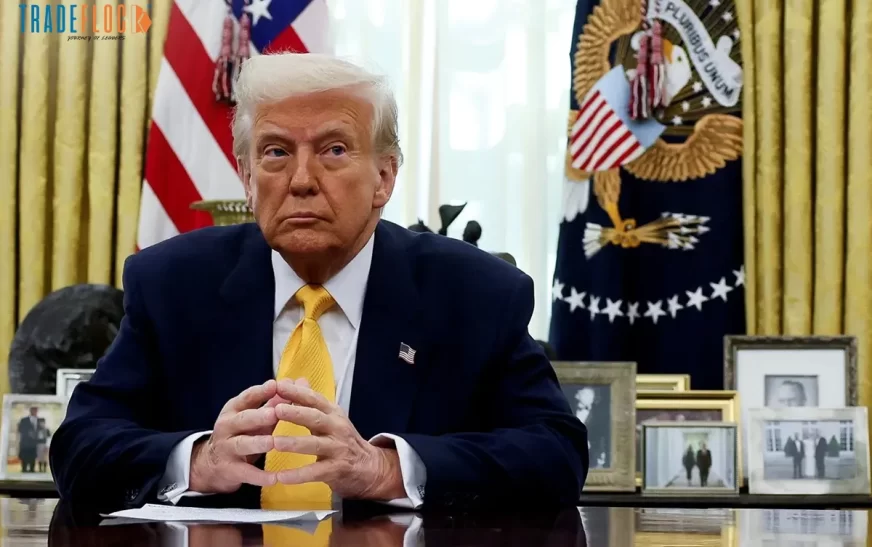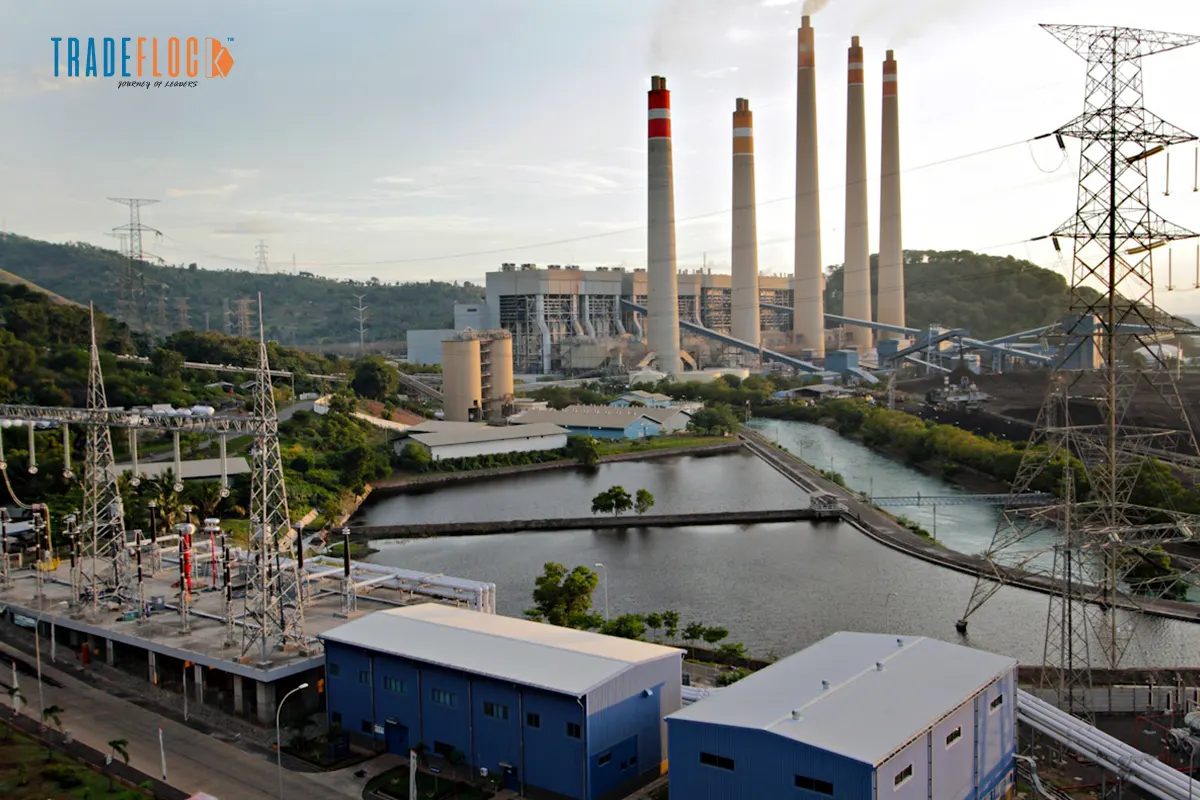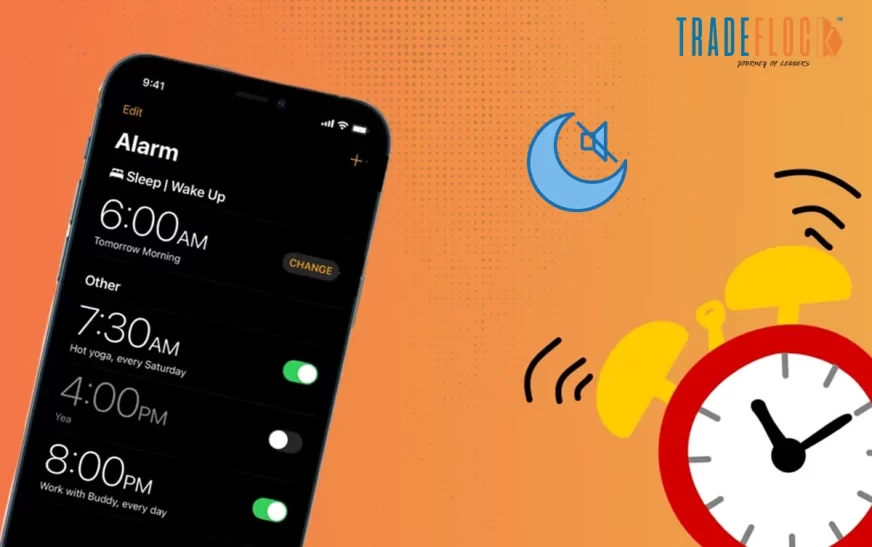US President Donald Trump announced new tariffs on pharmaceutical imports, with rates up to 100 percent starting October 1, 2025. India, a major exporter of generic and biosimilar drugs to the US, could be heavily impacted by these measures.
Trump stated that branded and patented pharmaceutical products would face tariffs unless companies start building or have already begun constructing manufacturing plants in the US. His definition of “building” includes breaking ground or being under construction, meaning products from plants in development wouldn’t incur tariffs. This move is part of Trump’s broader tariff strategy aimed at reducing the US budget deficit and boosting domestic manufacturing, which also includes tariffs on kitchen cabinets, bathroom vanities, upholstered furniture, and heavy trucks. While Trump cited national security as justification, he did not specify legal grounds for the tariffs.
India’s pharmaceutical exports to the US were valued at $8.7 billion in FY24, representing approximately 31% of India’s total exports to the US, which were $27.9 billion. Indian firms, such as Dr. Reddy’s, Sun Pharma, and Aurobindo Pharma, derive 30-50% of their revenue from the American market. The tariffs mainly target branded drugs, but there’s concern over whether Indian producers of generics and biosimilars will also be affected.
Currently, Indian companies operate a few manufacturing facilities in the US, and Indian consumers rely on affordable generics. Higher tariffs could lead to increased drug prices, inflation, and shortages. Indian firms operating on thin margins may struggle to absorb the cost increases, potentially passing them on to US consumers.
Also Read: UAE-India Trade Leaps Ahead with UIBC’s Bold MoUs
Previously, Trump imposed tariffs on Indian imports, including a 50% duty on certain goods and a 25% penalty for continued Russian oil purchases, illustrating his aggressive trade policy stance. Overall, these tariffs threaten to disrupt India’s pharmaceutical exports and could adversely affect global drug affordability.










